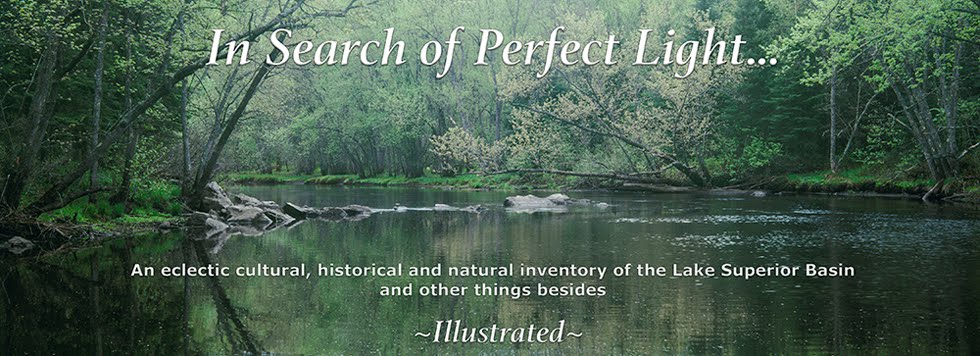Schloss Speitz
Film is dead. I saw it die.
Film died while I was on the road around the Superior Basin, sometime
during 2011 to 2013. Death was long expected but in the end proved quick.
Grosse Muenster
When in 2011 I headed off for Superior with the last 300 sheets of large
format, readyload chrome in the world I could get my hands on, film remained
viable. Galleries in the region still sold fine art photographic prints at a
good price. This one hangs framed on my wall today only because the gallery that once hung
it is since closed:
Old Fort William, Ontario
More importantly, when I set off the audience at large still perceived film
as the image. Collectively, we were exceptionally
well conditioned to that by the modern world having for well over a century been
defined and not infrequently even transformed, through imagery captured on
film.
Film stock and me exhausted, in 2013 I staggered from the Basin.
By then, if regional galleries still showed photography at all, it was digital
capture made by locals, the work relegated to low traffic space and priced
accordingly. Typically far less than what just the master craftsman frame 'round
those dead geese on my wall is worth.
Critically, we'd also collectively learned to see the digital image as our new common visual language. It's a truly
vivid reflection, replicated in pixels and math then best translated backlit.
Wasteland
Because film is dead doesn't mean the postmortem work's done. The entire catalog of the 20th Century was captured on film. The bulk of my catalog is still film. Trolling through that on a dreary autumn day, it occurred to me that the
work I did during just my 2nd large format shoot ever has never been publicly seen.
So we'll detour today to take care of that. Otherwise, shame on me.
Spietz Window
I captured these images on 4x5 chrome in Switzerland, not long after I
first bought the Linhof. The trip was an unexpected opportunity. Back home, the work
never did fit neatly into my working portfolio. But on balance, it's all of a
piece.
For instance, those windows up there. I went on to do a whole bunch of Superior
window work over the years. And the two walls below aren't so different from what I prize most about working Nonesuch, either.
Roman Jigsaw
Jorgensburg Wallflowers
Except of course they're original Roman, so way
older than anything this Yankee's seen before or since.
Admittedly, the landscape work's more of a stretch. Still, at Schallenberg we ate trout fresh from a steam. The Bessemer Bluffs regularly mingle with clouds,
too. Though on the Gogebic when that happens the day tends to be sodden chill and
grey, not brilliant.
Schallenberg Pass
Then consider all the snow, notably common to both Alps and Porkies. The
differences between there and here are perhaps primarily a matter of scale. I
can't rightly say, as to me snow is traditionally more inconvenience or even present danger than
opportunity.
Jungfrau
Finally, there's probably the best 'grab shot' of my life.
I wasn't set up when I first saw the cat. I whispered to him while I unpacked and assembled my gear. The cat contentedly cleaned itself. One shot is what
the beast gave me, then off it went.
It occurs to me Le Chat is a fine argument for light captured on large format film, then struck to fine paper and
hung on a wall. It's an archaic argument I didn't come in here to make, after
all film is dead. Call it a crime of opportunity, then.
Le Chat
Because maybe you don't easily see the cat on whatever device you're
viewing this and maybe if I didn't tell you about the cat, you wouldn't at all. Even under appropriate viewing conditions, it's not readily apparent that everything easily seen is just a framing device.
Then your eye settles upon the cat. With that, it's clearly all about the cat and forevermore.
Just sayin'.










